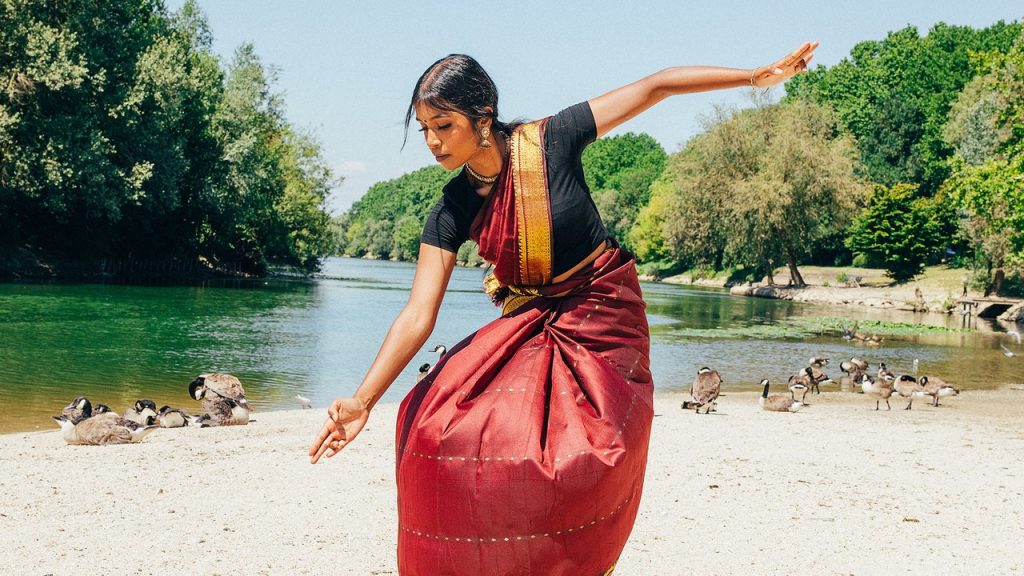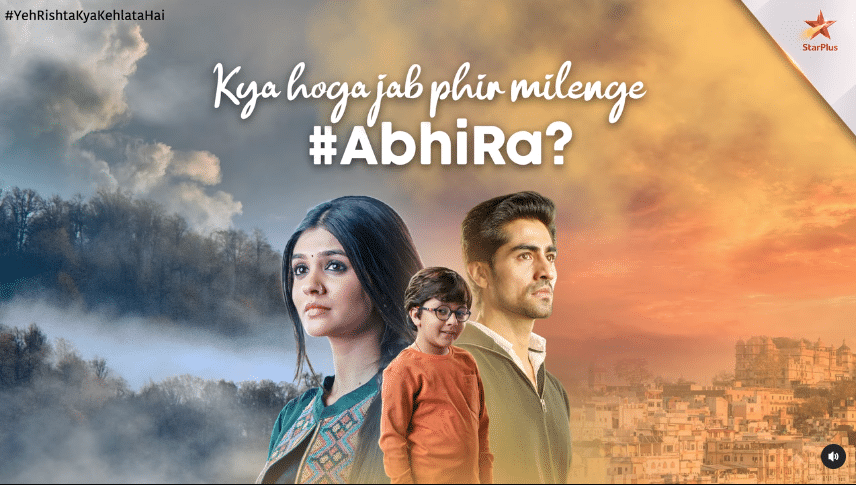
Choreographer, dancer and movement director Usha Jey is currently in Birmingham, UK at the ongoing 2022 Commonwealth Games, performing Kutu folk dances from Tamil Nadu and her signature #HybridBharatham choreography. Even if Jey’s name doesn’t ring a bell, her performance certainly does.It’s impossible to miss her now viral Instagram video dancing to Lil Wayne’s dance fuss Wearing a plaid bottle green Kalakshetra saree, she fused hip-hop with Bharatanatyam in her unique interpretation. — At the time of writing this feature, it had nearly 5 million views. Due to her popularity, she is now showing the world an extended version of this choreography at her 10-day sporting event.
When asked how did she come up with this idea she replied “I came up with the choreography in 2019 as an experiment for myself. People say I mix two dances, but I’m not. Each Bharatanatyam adavus has a specific mood. It’s not that I mix it with hip-hop moves, I consciously switch from one dance to another and completely respect each one,” she explains.
As a first-generation French-Tamilian, the dancer grew up straddling two cultures, and the choreography is simply a collision of her worlds, both of which she identifies with whole-heartedly. Jey started learning hip-hop dance over a decade ago to keep a friend company. She did not quite expect to find her groove in the process. The opportunity to study Bharatanatyam in the French capital, though, took some hunting. “I always wanted to learn it but I couldn’t find the right place in Paris. Bharatnatyam is seen as this dance form you need to learn at a young age, but I only started at 20. I was doing it for myself and had nothing to prove. So, I did not mind being the only adult in a room full of children!”
Tamilian music and films, Jey says, have always been a part of her family’s everyday routine at home. She even spent a decade learning her native language. She looked at dance as yet another way to stay connected to her Tamilian roots. Did she approach the sartorial aspect of this process with equal reverence too? “I’ve grown up imbibing values from Tamilian culture.
So I don’t view the sari just as a dress. It’s a relic of my lineage, a thread tying me to my land,” says the choreographer. “Often, when people talk about the sari, they refer to it as a representation of femininity. I don’t look at it the same way, because a woman can be represented in many other ways too. More than eloquent affinity, the sari lets me represent my culture everywhere I go, like when I wore it on French national television. It lets me say where I come from, without trying to look like someone else.”




